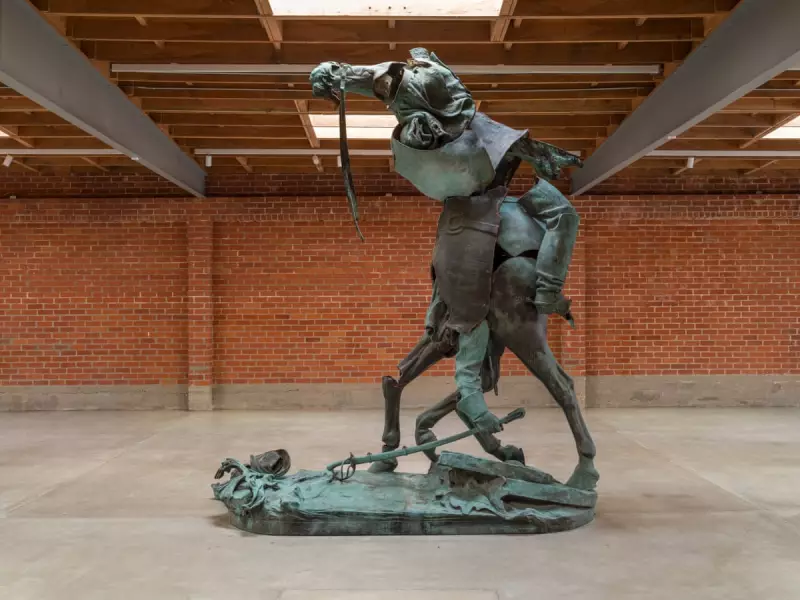
In a landmark decision that has reignited conversations about historical memory and racial justice, Los Angeles has moved to eliminate Confederate monuments from its public spaces. The City Council's vote marks a significant step in confronting the city's complex relationship with symbols of America's divisive past.
A Divided History Comes Under Scrutiny
The debate over these monuments has been brewing for years, coming to a head during recent council sessions filled with emotional testimony from community members. Supporters of removal argue that these memorials glorify a painful history of slavery and oppression, while opponents claim they represent important historical artifacts that shouldn't be erased.
What the Removal Process Entails
The council's decision sets in motion a carefully planned process:
- Immediate assessment of all identified Confederate monuments across the city
- Formation of a special committee to determine appropriate relocation or storage
- Community consultation on potential replacement artworks or memorials
- Establishment of educational programmes to contextualise the historical period
National Conversation Echoes in City Hall
Los Angeles joins numerous American cities that have grappled with similar decisions in recent years. The movement to reassess public memorials gained significant momentum following nationwide protests against racial injustice, forcing communities to examine whose history they choose to honour in their public spaces.
Council members emphasised that the decision wasn't about erasing history but rather about creating public spaces that reflect contemporary values of inclusion and equality. "Our public spaces should tell the complete story of our nation's journey," one council member stated during the heated debate.
Looking Forward: What Comes Next?
The removal process is expected to begin within weeks, with city officials working closely with historians and community representatives to ensure the transition respects both historical significance and contemporary sensibilities. The city plans to document each monument thoroughly before its removal, preserving the historical record while changing the physical landscape.
This decision positions Los Angeles at the forefront of a national reckoning with historical symbols, potentially setting a precedent for other municipalities facing similar dilemmas about how to memorialise complex aspects of American history.





